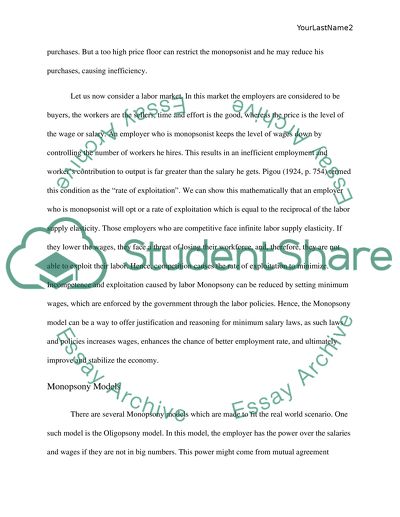Cite this document
(“Labor Economics: Description and analysis of monopsony in the labor Research Paper”, n.d.)
Labor Economics: Description and analysis of monopsony in the labor Research Paper. Retrieved from https://studentshare.org/macro-microeconomics/1440627-labor-economics-description-and-analysis-of
Labor Economics: Description and analysis of monopsony in the labor Research Paper. Retrieved from https://studentshare.org/macro-microeconomics/1440627-labor-economics-description-and-analysis-of
(Labor Economics: Description and Analysis of Monopsony in the Labor Research Paper)
Labor Economics: Description and Analysis of Monopsony in the Labor Research Paper. https://studentshare.org/macro-microeconomics/1440627-labor-economics-description-and-analysis-of.
Labor Economics: Description and Analysis of Monopsony in the Labor Research Paper. https://studentshare.org/macro-microeconomics/1440627-labor-economics-description-and-analysis-of.
“Labor Economics: Description and Analysis of Monopsony in the Labor Research Paper”, n.d. https://studentshare.org/macro-microeconomics/1440627-labor-economics-description-and-analysis-of.


